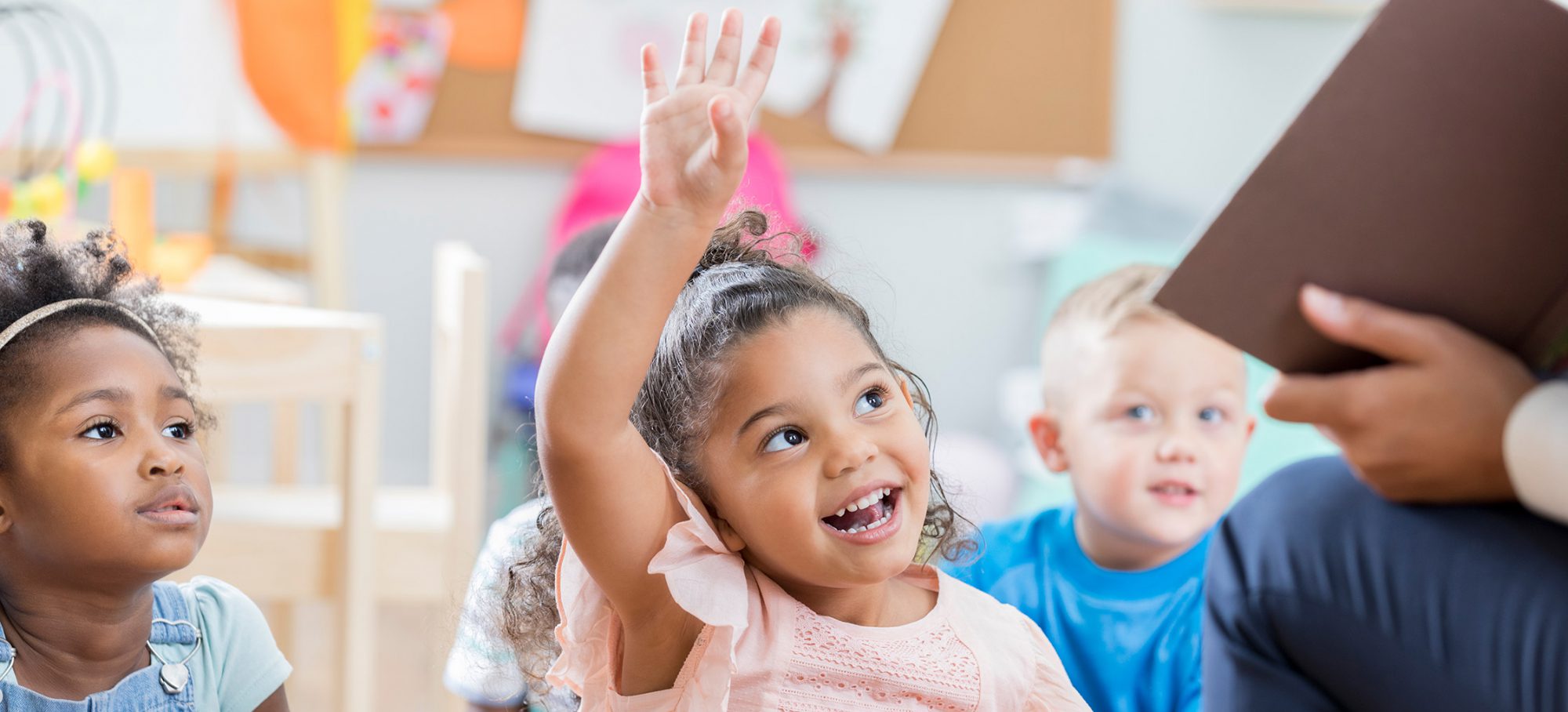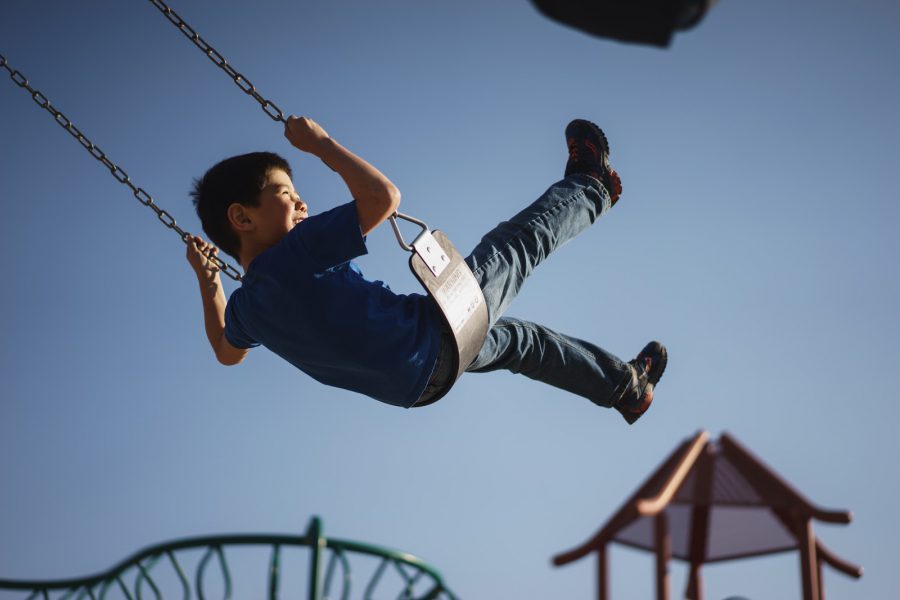When you think of your child’s pre-k curriculum, you probably think of the academic concepts that they will sit down and learn. And while instruction on 1-2-3s and A-B-Cs are certainly important, it’s crucial to realize the pivotal role that movement and play take in your child’s preschool learning.
Acting out stories, twirling and dancing, running and jumping, and making up games are more than just entertainment for children. They are the ways that they discover the environment around them, develop socially and emotionally, and learn how to express themselves in a healthy way. Because of this, movement and play should be one of the methods through which your child is taught in pre-k.
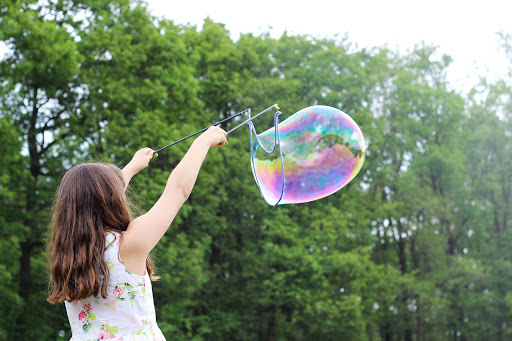
Benefits of Movement and Play
Play is the foundation through which a child acquires essential knowledge about their world and gains skills that will be used throughout the rest of their lives. In fact, play has been shown to have both a direct and indirect effect on brain structure and functioning, meaning that it actually has the ability to literally transform the physical brain. In short, there is no aspect of a child’s development that is not influenced by these types of activities.
Working Together and Understanding Communication
Playing with others teaches children the basics of communication and how to interact socially with others. They’ll develop skills such as sharing, negotiating, and conflict resolution.
Language skills are also sharpened during this time by talking to other children, explaining games, and working through problems aloud when alone. By listening to others speak, they’ll pick up on new vocabulary and draw connections from objects to the words that describe them. Without realizing it, they’ll also begin to pick up on the grammatical structures of the language. This is one of the reasons why Spanish immersion schools are so effective in fostering second language fluency in children.
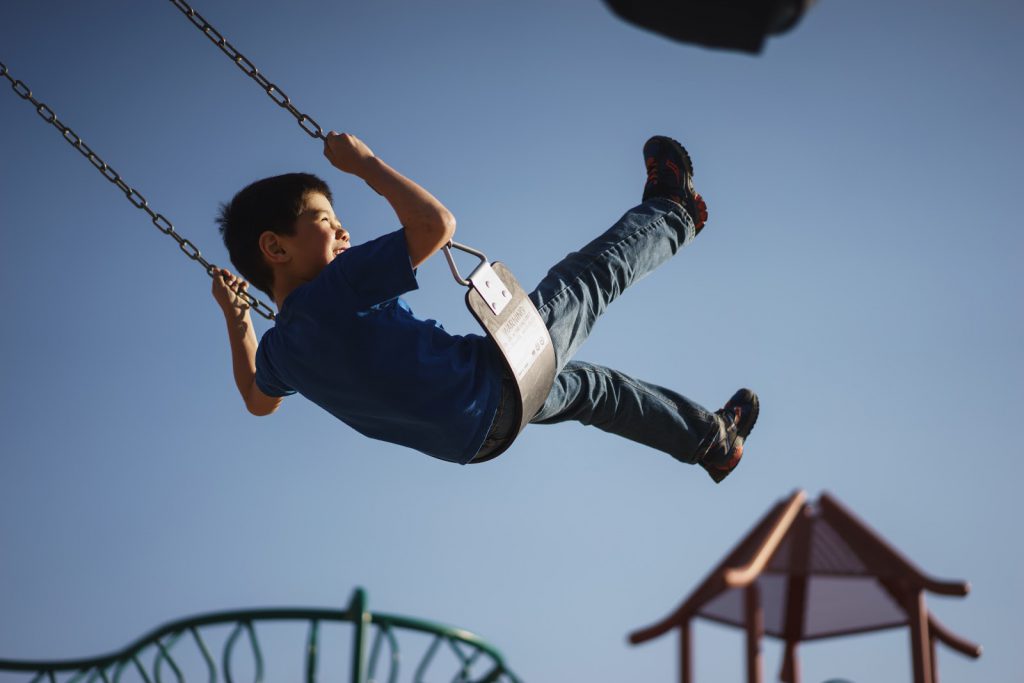
Processing Emotion
When engaging in dramatic play, children take on the persona and emotions of other people and characters. This gives them the opportunity to process and work through feelings like fear, anger, and emotions around specific situations they may be facing. For example, the classic childhood game of playing doctor can help a child overcome anxieties related to going to their actual pediatrician. By acting out other characters, your child will also pick up on the basics of empathy.
Play also helps build a child’s self-esteem and self-confidence. Think of a child wanting to do the monkey bars on a playground for the first time. They recognize and establish a goal, then formulate a plan to accomplish it. Through trial, error, and eventual success, a child builds the confidence to try and take on other new things.
Critical Thinking and Problem Solving
Puzzles and games provide an excellent opportunity for your child to hone in on their critical thinking and problem-solving skills. Even made up games among children are often complex and require children to strategize and think ahead to some degree. They’ll master basic skills like evaluating information and making decisions based on what they know.
Building Healthy Bodies and Minds
Play and movement are also crucial in your child’s physical health and development. It’s never too early to create active lifestyle habits in your children, and it all begins by encouraging play. Through games and movement, children discover their range of motion, develop balance, build muscle strength, and fine-tune their coordination.
Like many aspects of development, the skills a child builds early on are the basis of other skills down the line. For example, completing tasks with their hands in play helps a child build the muscles and control that’s needed later on for writing.
The role that play can have on mental health is also astounding. One study examined the correlation between the decline in play in the American classroom and the rising incidence of anxiety, depression, feelings of helplessness, and narcissism. The study contends that the two are in fact related, and that the decline in play has contributed to the rise in psychopathology in youth. The American Academy of Pediatrics has also noted the role that play has in managing “toxic stress” and forming “safe, stable, and nurturing relationships with all caregivers that children need to thrive.”
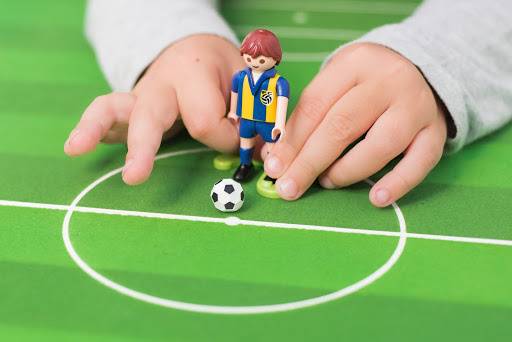
Making Connections
Free play allows a child to make connections between what they experience and what they are taught through passive learning. For instance, a child might notice how whenever a ball is thrown in the air, it always comes back down. They may develop their own theories and perform self-guided experiments. Does the ball go higher if I stand on top of the play scape and throw? Does it go farther if I throw harder? Though they know no formulas or technical jargon, your child has discovered gravity.
A teacher may explain basic science concepts in the classroom, but until a child sees it in action, it may just remain an abstract concept. According to the Harvard Graduate School of Education, it’s possible to play with purpose and to guide children in understanding concepts with playful learning. Both structured and unstructured play is a time for a child to independently seek answers to their questions and delve further into their own interests.
Conclusion
The benefits of movement and play are endless, yet, schools are giving children less time to play than ever before and opting for a passive learning approach. When looking for the perfect preschool for your child, it’s important to consider the role movement and play will have in their curriculum. An exceptional pre-k will give your children ample time for play and allow them to move and express themselves in the classroom.
